Spruce / All year round / Edible
Spruce is a family of naturalised, fast-growing, evergreen trees. They are a common choice of tree in 20th century plantations, but can also self seed and spread their seeds on the wind.
Common Names
Norway spruce
Botanical Name
Picea abies
Scientific Classification
Kingdom – Plantae
Order – Pinales
Family – Pinaceae
Physical Characteristics for Spruce
Leaves
The needles are stiff and sharp and grow individually, around the stem, they have a triangular or square cross section. 0.5cm -2cm long. Each needles is individually attached to the tree and they can be easily rolled between your fingers.
Bark
The bark is thin when the tree is young, but it gradually grows thicker with age. As the tree matures the bark thickens into grey-brown flaky scales.
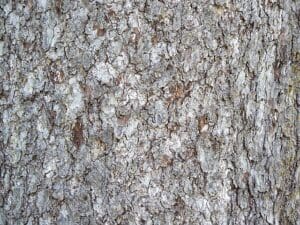
Fruits
The cones of Norway spruce are the largest of all Spruce species. The tree produces both male and female cones in order to reproduce. The male cones are small and reddish and can be found clustered around stems. The female cones are 10-15 cm long, elongated and oval in shape, and are green-purple in colour. They tend to be a lot more flexible than pine cones and hang downwards.
Habitat
Mixed woodland, plantations.
Known Hazards
None known
Could be Confused with
Other spruces such as Sitka Spruce, other types of conifers such as Fir, Pine and Cedar. The main lookalike to be concerned about is Yew (Taxus baccata). Yew has flat needles that are pretty much odour less when crushed and Yew lacks the silver lines on the underside of the leaves.
Here we have a nice blog post about the differences between conifers.
Edible Uses
Yes, you can eat your Christmas tree!!!
Although the flavour comes from the essential oils within the needles and after a month in a warm living room most of these oils will have evaporated so you’re best finding one in the woods.
I like the young tips finely chopped and added to salads.
They also a great addition to cures for meat and fish.
The flavour also works well in deserts, I blend a large handful of the needles with caster sugar and use this in shortbread recipes.
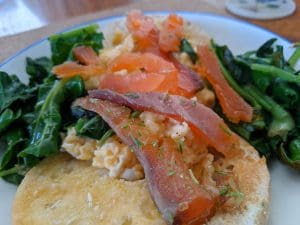
Check out our spruce cured salmon recipe here
Notes on Herbal Uses
The needles are high in Vitamin C and the young tips are used by herbalists to soothe dry, tickly coughs. The shoots contain a volatile oil that is rich in terpenes which have antiseptic, mucolytic and antibacterial properties.
Extra notes from the Foragers
The resin of Spruce was used in the manufacture of pitch, a very important product before the wide spread use a petrochemicals.
The wood is used a lot to make soundboards for many musical instruments, including guitars, mandolins, cellos, violins.



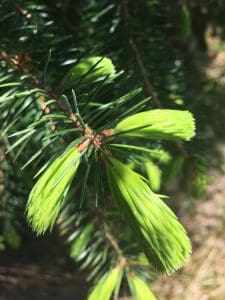
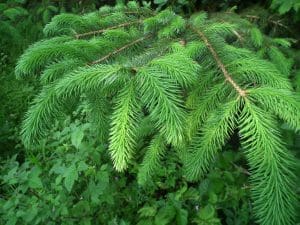
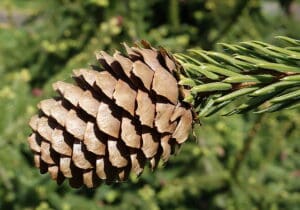
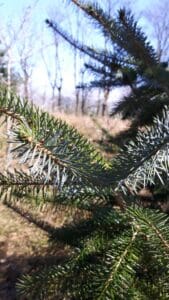
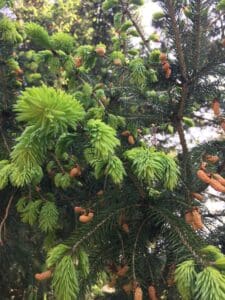
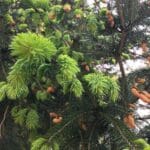
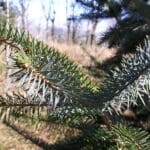
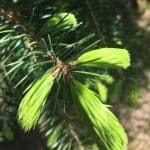
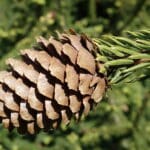
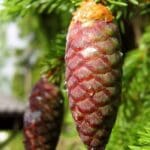



Leave a Reply
You must be logged in to post a comment.